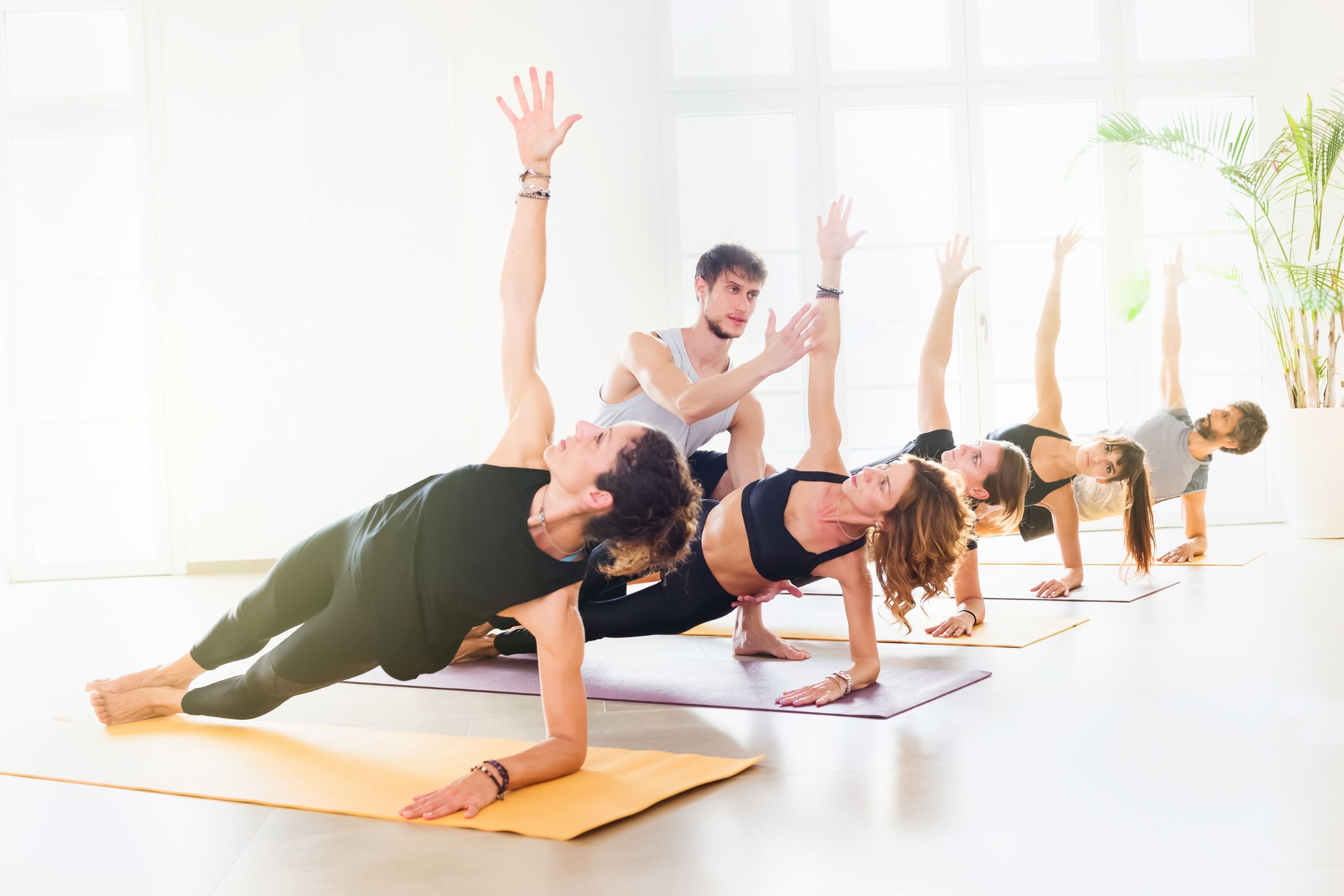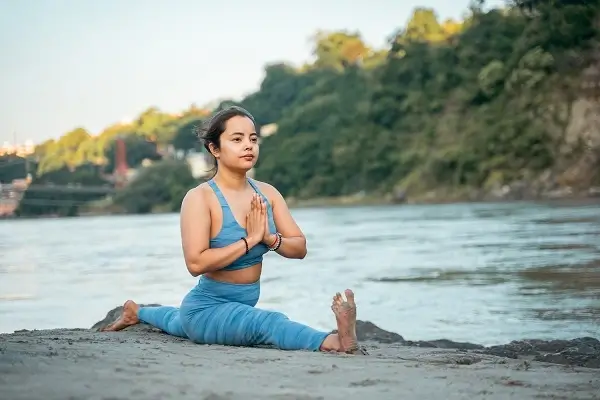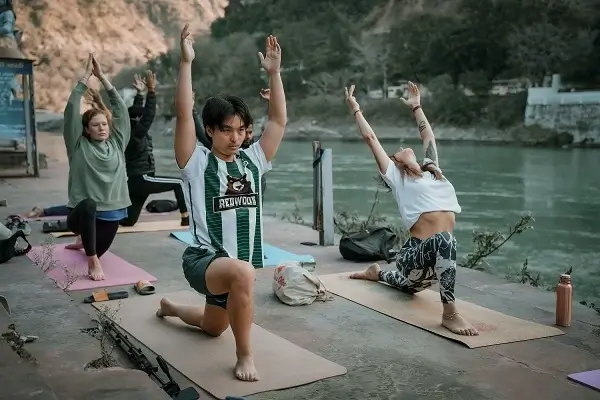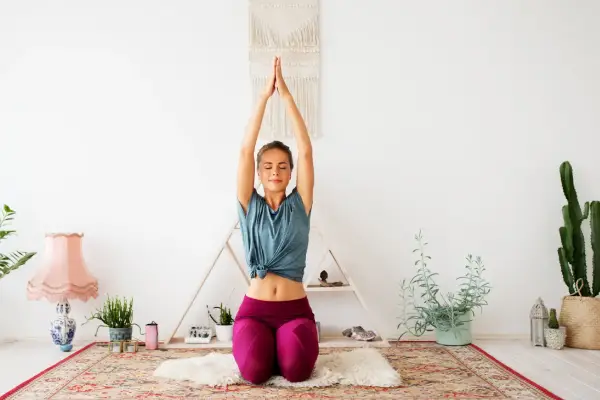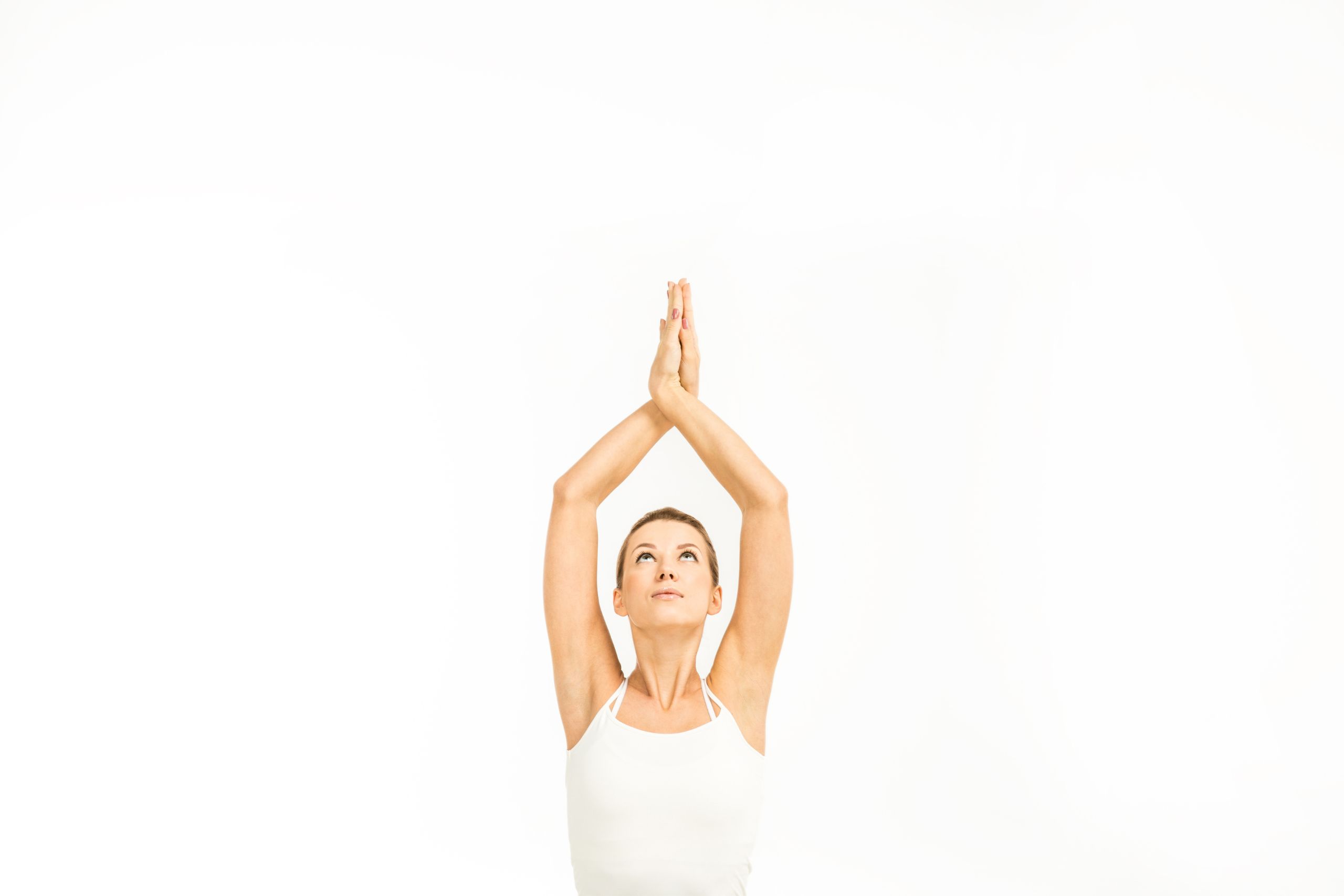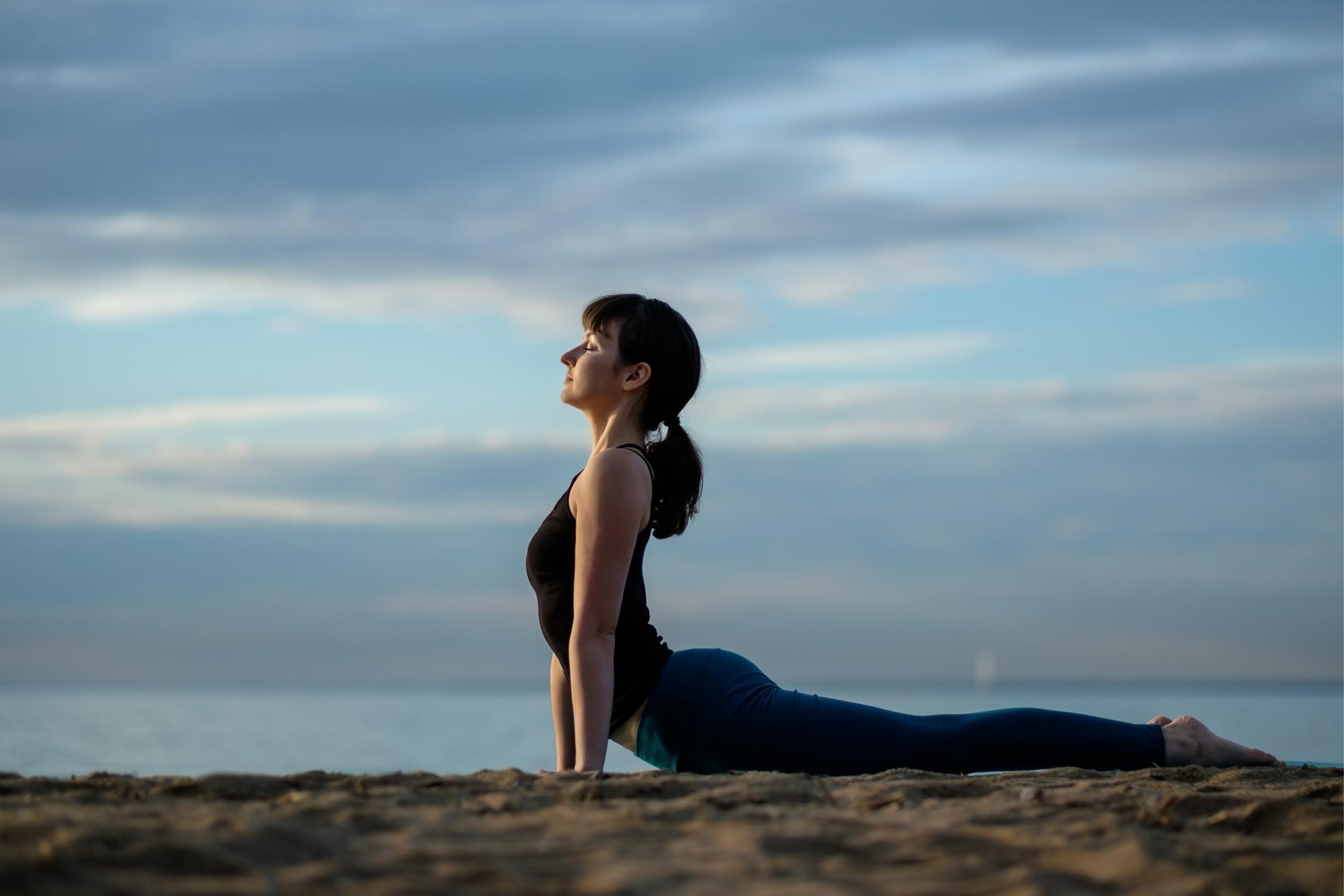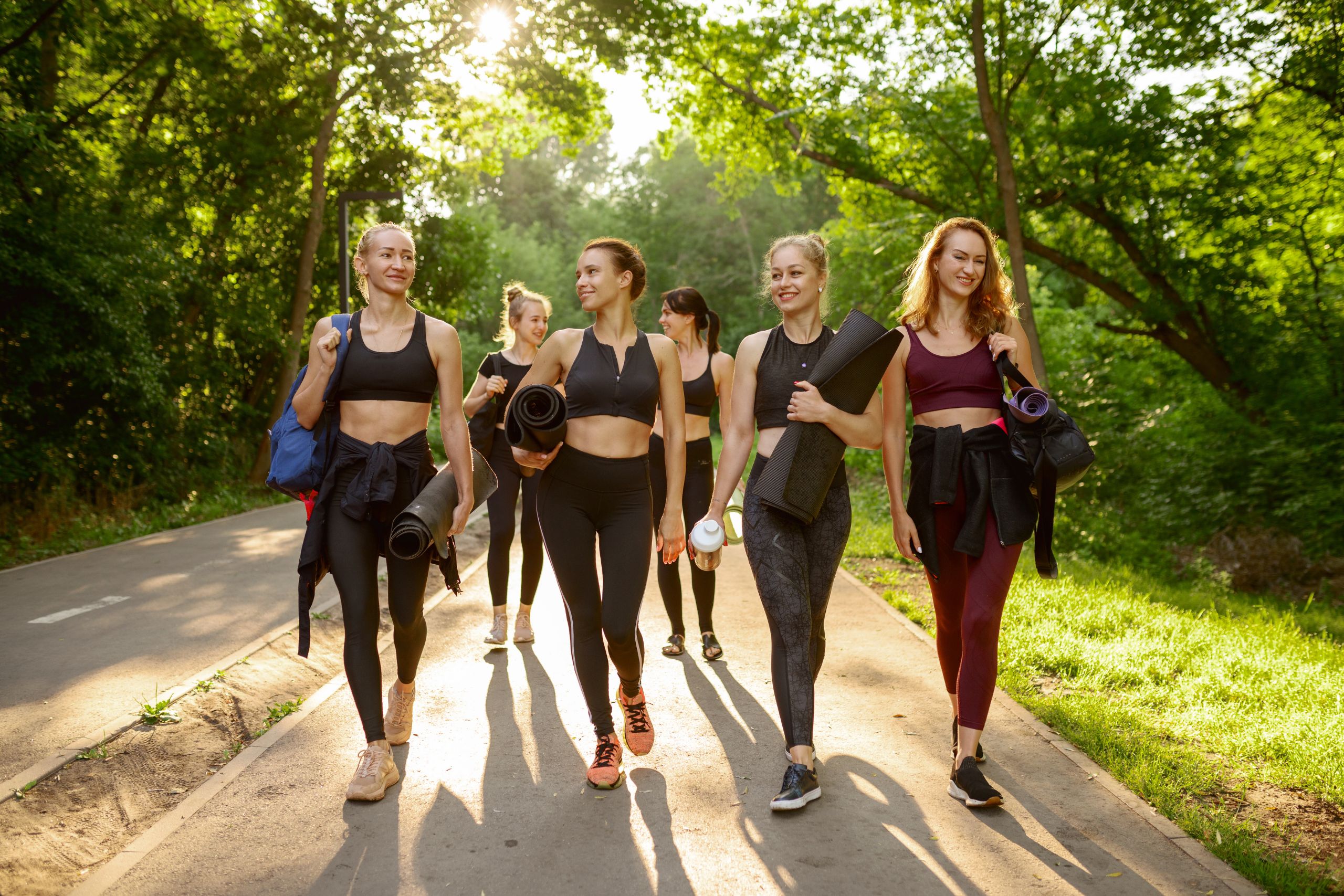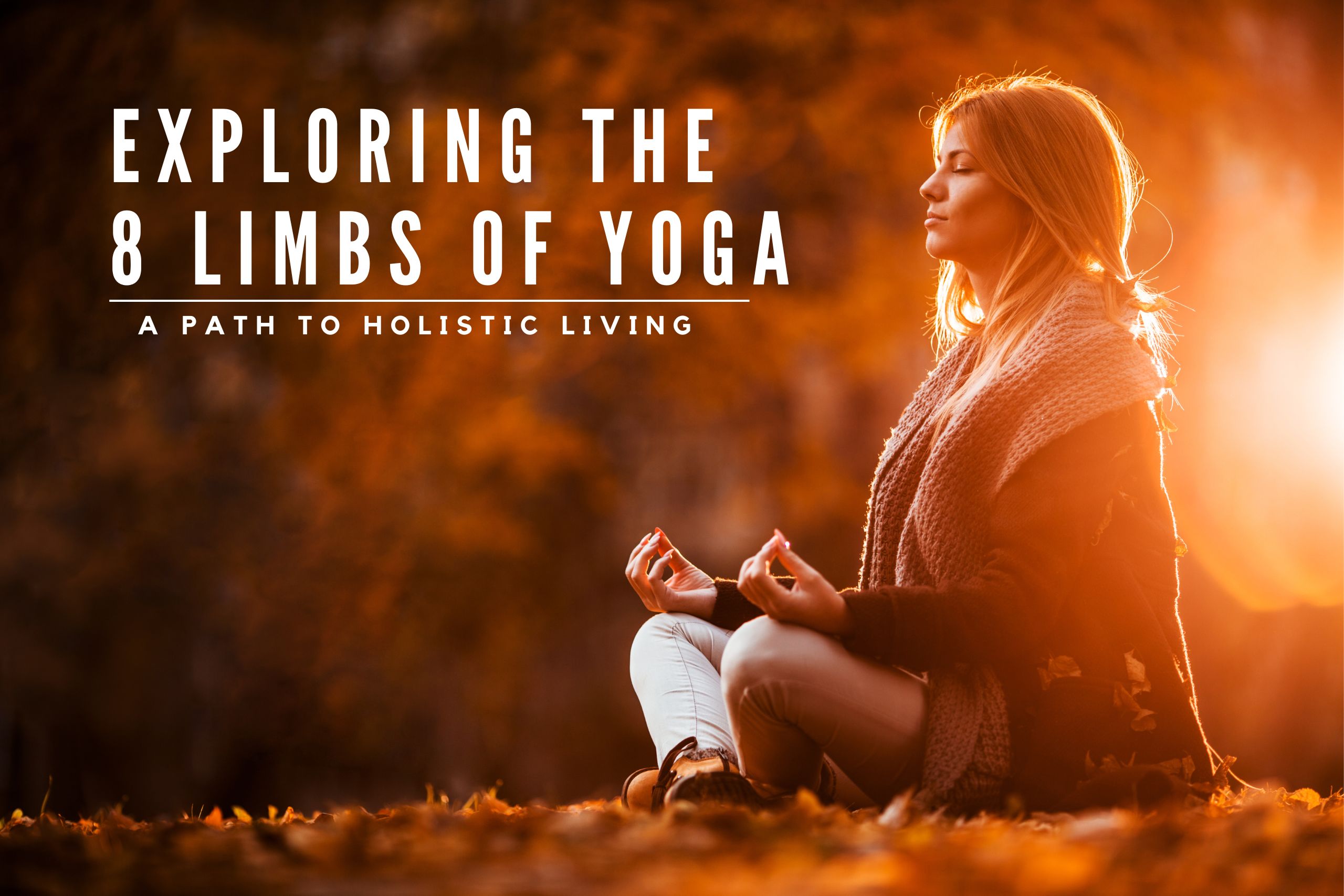The Significance of Alignment and Adjustment in Yoga
Table of Contents
- 1. Know The Basics
- 2. Alignments And Adjustments Are The Backbone Of Your Yoga Practice
- 3. Abide By Yoga’s Rules Of Body Alignment
- 3.1. Joints stacked and in line
- 3.2. Neutral spine
- 3.3. Straight back and neck in forward folds
- 3.4. Heel above toes
- 3.5. Hands and feet spread wide
- 3.6. Shoulders down
- 3.7. Microbend in the knee
- 4. Make Body Alignment A Habit Not Choice
Yoga is a comprehensive activity where each movement will impact one or the other part of your body. The degree of every movement will either allow your body to function positively or negatively. Thus, making sure you're doing any physical exercise, like yoga or a workout, correctly is one of the most important things to remember. Even a small amount of negligence can cause major injuries and chronic illnesses.
Yoga is indeed a more subdued and controlled discipline than most modern workouts. However, it also requires months to learn hundreds of intricate asanas. For this reason, yoga places a high value on the study and application of alignment and correction. Learn the essence of what alignment is, the essence of adjustment and alignment in yoga practice, and the yoga alignment rules you should know by heart with Heart of Yoga Institute.
Know The Basics
A good yoga practice requires proper alignment. Alignment may be simply defined as positioning your body to get the most out of a yoga pose without running the danger of hurting yourself or experiencing any discomfort. For instance, you should make sure that your knees are over your ankles and your shoulders are over your wrists when performing a cat-cow stretch for optimal benefits.
You can move different body parts at the same time using alignment. It is crucial and protects your body. Your body can move energy smoothly and efficiently throughout it when it is positioned appropriately.
Alignments And Adjustments Are The Backbone Of Your Yoga Practice
We could list a number of reasons why alignment and adjustment are crucial to yoga training, but the following are the most important ones:
-
Accurate alignment assists you in concentrating on the purpose of the yoga poses rather than how they look.
-
It will assist you in identifying and addressing the specific bodily part you are attempting to influence as well as in comprehending the feelings you hope to elicit there.
-
It will assist you in being aware of the sensation in the targeted body area during the posture.
-
Understanding optimal alignment will also help you find a position that is producing the desired feelings by enabling you to modify your actions.
-
It assists you in realizing that alignment uses the pose to enter the body rather than the other way around.
-
Achieving proper alignment minimizes the amount of effort required to maintain a yoga position, strengthens architectural stability, and eases joint stress.
-
You may better understand which alignment signals are most effective for your body by having a thorough understanding of optimal alignment. You can then focus on that objective while performing yoga poses in this manner. It aids in focusing your attention on the true goals of your yoga practice. The stance that best meets the demands of the person performing it at that particular moment is the ideal pose.
Even while performing a posture incorrectly might not cause immediate, excruciating pain, many yoga injuries build up gradually. Because of this, it's critical to achieve ideal alignment as early in your practice as feasible, which frequently entails making extensive use of props. As a result, proper alignment and correction techniques are just as crucial as yoga itself, if not more so.
Abide By Yoga’s Rules Of Body Alignment
These alignment rules apply in every yoga practice. Follow them and you’ll feel the difference!
Joints stacked and in line
Your joints should ideally be arranged in a single line or stacked atop one another. As in lunges or warrior postures, for instance, knee over ankle; plank or tabletop positions; and elevated arms with hands above shoulders are a few examples. Not only is it critical that your joints line up vertically, but your legs should always be parallel and you should never allow your knees to drop in or out.
This is important in poses like chair pose or downward dog. The same holds for sideways positions, and your body should be aligned in a straight line with your shoulders, arms, hips, knees, and ankles. Verify that nothing is protruding or thrashing.
Neutral spine
In poses when you do not bend your back, try to maintain a neutral alignment of your spine. It refers to a position in between tucking your tailbone under and thrusting your butt out. This is crucial for standing postures as well as for other lunges, when we typically curve our lower backs excessively, leading to needless back strain. Engaging your core is one technique to ensure that your spine is aligned in a neutral position; you should be doing that anyhow, so it's a win-win!
Straight back and neck in forward folds
We have a strong predisposition to hunch over and curve our backs as we bend forward. We also perform it because it seems to extend our reach, but because it strains several muscles, it may negate the benefits of the pose.
Generally speaking, anytime you bend forward, do so from the hips and try to keep your back as straight as possible. Instead of thinking head-to-knees, think ribs-to-thighs. Avoid craning your head to the front or rear; instead, consider your neck to be an extension of your spine.
Heel above toes
Make sure your heels are above your toes while you're on your toes, like in a plank or high lunge. Your body's weight distribution is altered if you lift your foot rearward till your heel is behind your toes. The position gets imbalanced if your heel is too far back since you are removing weight from your front foot or hands.
Hands and feet spread wide
To achieve equilibrium and uniform weight distribution, a strong foundation is essential. Always spread your toes apart and evenly distribute your weight throughout your entire foot when standing. The number of persons who frequently stand on the inside or outside of their feet could surprise you!
When bearing weight on your hands, the same rules apply: always spread your fingers widely and point your middle fingers forward. Better still, apply pressure to the bases of your fingers to relieve some of the strain on your wrists. You'll gain superior arm alignment up to your shoulder as well as increased stability from this!
Shoulders down
Our shoulders often ride up to our ears as we raise our arms. That strains out your body and puts a lot of tension on your neck and trapezius muscles. Thus, keep your shoulders down anytime you raise your arms. Since many individuals do this automatically, it can take some time. Once your shoulders are relaxed, you can add the alignment cue "shoulder blades together and down" to help with your overall posture. That will give you contented shoulders!
Microbend in the knee
Maintaining a slight bend in your knee not only prevents joint locking but also increases your range of motion and stability. Additionally, it avoids hyperextension, an excessive angle that can cause pain by applying pressure on the front of the knee. Because it keeps you from immediately assuming the extreme position, micro-bending the knees can also be a useful technique in controlling the ego. Thus, you have more time for proper alignment.
Additional tip: Try recording yourself if you are unsure of your alignment and there isn't a mirror available. This provides you with performance feedback right away!
Also read: How to Sequence a Yoga Class
Make Body Alignment A Habit Not Choice
It is true that "practice makes perfect"—it is not just platitude! Your yoga alignment will become more automatic as you practice more. Remind yourself of the following each time you practice: knee micro bend, back straight, shoulders down, heels over toes, stable foundation, and stacked and aligned joints. Not only can it make your yoga practice safer and more efficient, but it can also benefit other types of training.
Perhaps when you lift weights, your knees tend to pull inward, or when you run, your shoulders tend to rise. You become more conscious of your alignment outside of the yoga mat by implementing the alignment guidelines throughout your practice. Achy backs and necks can be relieved and your posture can be improved with just a few easy tips. If you are an amateur looking to correct your posture and fix your adjustments and alignments you must check Heart of Yoga Institute and take lessons from the industry’s well-versed pioneers.
